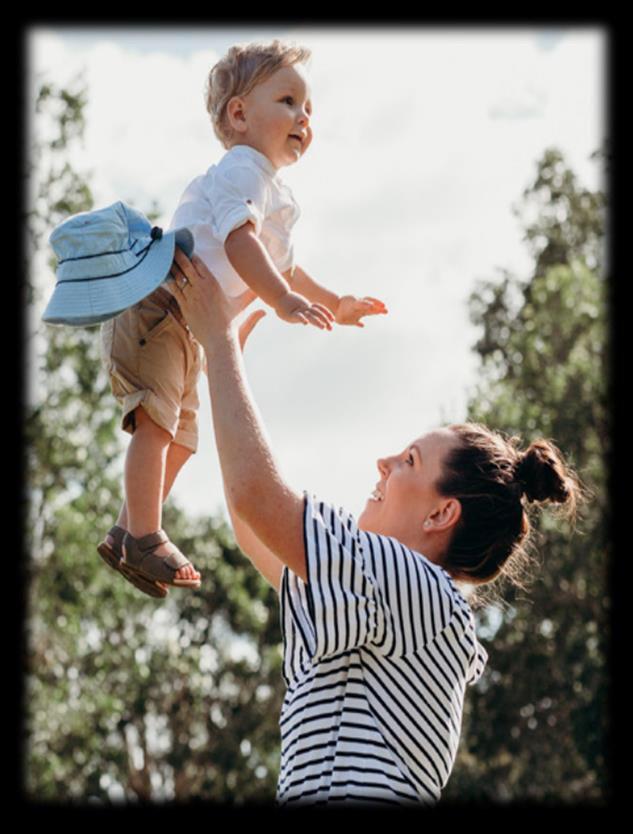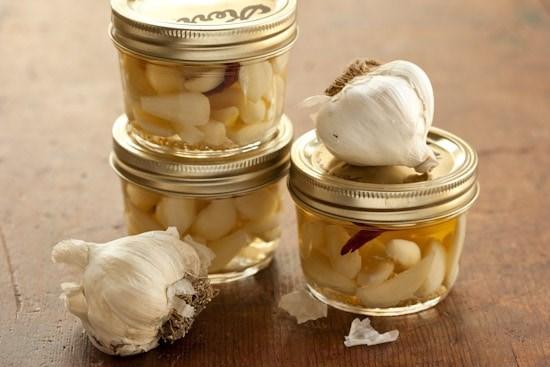
20 minute read
A Fall Garden Checklist
too, including English or Buckhorn plantain (Plantago lanceolata), also common on the local scene. Aesthetically, folks desiring a grassy lawn lament broadleaf plantain for its coarse look and thuggish ways of taking over. It is perhaps number three (behind ground ivy and crabgrass) on the list of troublesome lawn weeds about which people quiz this Extension horticulturist.
Yet broadleaf plantain has virtues, too. Packed with vitamins and minerals, it served as a spring tonic for the centuries before fresh vegetables were available year-round and a pharmacy inhabited every street corner. A chewed leaf applied topically will quell a bug bite, and ingested bp lowers cholesterol. Colonial Americans used Plantago majorto reduce fevers, to prevent tuberculosis and to treat cholera, bleeding gums and blood disorders. Dried leaves, roots and seeds have all been pressed into service in various concoctions. And in the most interesting twist, plantain can be used to treat...seasonal allergies.
Advertisement
What shall I do? Although experts say that ridding your garden of plantain will not help (there is just too much pollen on the wind), I still wonder. Gesundheit!
(Continued from page 6) from a known, reputable seed company increases the likelihood of receiving properly labeled seeds that meet germination, sanitation and trueness to variety standards. It also ensures the seeds have met standards that protect plants and agricultural crops from invasive pests and noxious weeds.
Residents can email the USDA at erich.l.glasgow@usda.gov
-Update From New York State Department of Agriculture and Markets on Unsolicited, Mislabeled Packages of Seed Being Sent From Foreign Countries
JULY 30, 2020 | ALBANY, NY “Our office has received questions from a few New Yorkers who have received unsolicited packages allegedly sent from China that are marked as containing jewelry but which actually contain plant seeds. Similar packages have been received in other states and the United States Department of Agriculture is investigating. People who receive seeds should not plant or handle the seeds. They should store them safely in a place children and pets cannot access and email USDA immediately at erich.l.glasgow @usda.gov for instructions. Seeds imported into the United States are rigorously tested to ensure quality and prevent introduction of invasive species, insects and diseases. We will continue to monitor this issue and will pass along guidance as it is received from USDA.” -Statement by NYS Commissioner of Agriculture, Richard A. Ball
A Fall Garden Checklist By Dr. Leonard Perry, Horticulture Professor University of Vermont
Fall is a more relaxed time in the garden, but there is still plenty to do. I usually keep busy until snow flies and I can’t see the ground! Tending to and tidying gardens and landscapes now will give you a jump on activities next spring. Here is a checklist of some usual and important fall outdoor projects for gardeners.
Fall is a good time for planting trees, shrubs, bulbs and perennials. Earlier in the fall is best, as it gives them time to form roots and get established before the soil gets too cold and roots stop growing (often when the soil temperature gets down to 40 degrees (F). Spring bulbs should be planted in fall, even if you do so late, rather than try to hold them until next season.
Evergreens, particular wide-leaved ones such as rhododendrons, should be kept well-watered in early to mid fall, particularly if they don’t get an inch or more of rain per week. This is all the water they’ll get until spring, once the ground gets cold and freezes. Without sufficient water, their leaves will dry out and burn, turning brown. Sprays called “anti-dessicants” are sometimes used to help prevent them from drying out in winter, but may not be effective.
As long as your grass is growing, keep it mowed. Then, usually about mid-October with the last mowing, you can lower the mowing height by about a third. This keeps the grass from being too long by spring, more susceptible to snow mold and other diseases.
Canna, gladiolus, dahlias and other summer bulbs should be dug for winter storage, after frost kills the tops. Canna can be stored in pots with soil or compost, gladiolus can be stored dry in paper bags. Dahlias should be allowed to dry, once dug, for only a few hours to a day, or they will begin to shrivel.
(Continued from page 4) tubers in plastic wrap, or store in slightly moistened peat moss or sawdust. Kept too dry over winter and the tubers will shrivel; kept too wet and they’ll rot.
Fall is not the best time to prune, as wounds won’t heal fully before winter, and so diseases can enter the exposed stems. Do prune if you can’t wait until spring, or if branches are dead, diseased, or damaged. Prune them too if they’re crossing and rubbing other branches.
Fall is a good time to test your soil, particularly for pH if nothing else. This is the soil acidity—responsible for nutrients being available to plants. Generally in our area it can be a bit low, needing the application of lime. Use a slow-acting form (not hydrated) of lime in fall, so the soil will be ready by spring. Wait until spring when plants begin growth to add fertilizer.
Keep leaves raked, particularly from lawns, as they’ll smother grass. They can be left on perennial beds to help provide winter protection, and recycle nutrients back into the soil, but you’ll need to make time to rake them mostly off next spring. You can compost leaves, use them as a mulch around shrubs or, if no place for them and too many, haul to a recycle center where they can use your leaves for making high quality compost.
Clean up dead annuals and vegetables in fall, and rake leaves from under fruiting trees and shrubs. Such “sanitation” removes possible overwintering diseases, and is a good practice for cultural control of diseases.
Fall is a great time to add compost to flower and garden beds, particularly once they’re cleaned up. The compost can work into the soil over winter, and be ready for spring planting. Since compost breaks down in the soil, it needs to be added every year or two. If you add compost yearly, you can merely “topdress” lightly. Otherwise

add an inch or two, and scratch into the soil with a tined hoe or gravel rake.
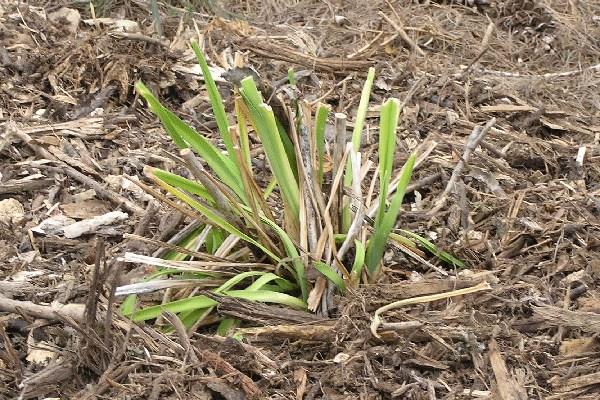
If perennials such as daylilies have gone by and are looking ugly, cut their leaves back to a few inches high. Also, cut back any perennials whose leaves may be diseased, such as phlox with powdery mildew. Dispose of diseased leaves in trash, don’t compost them, as disease spores often will survive. Leave perennials that are upright, attractive, and that have seed heads to provide food for birds.
Most peonies can be left in place for many years, even decades. But if they are too large or need moving, fall is the time to divide them. Dig them up, cut off the stems, then divide the roots into sections. Each section should have at least three “eyes” or growing buds—they’re usually reddish, plump, and quite obvious. Don’t replant peonies too deeply—buds should only be an inch or two deep—or they won’t bloom. Once divided, it may take peonies a year or two before they bloom.
If you have garden beds, fall is a good time to edge them to keep grass from encroaching. You can use edging tools just for this purpose, or a square-tipped spade to cut the edge and hoe to remove any grass. If a small and more formal area, you might consider adding an edging material such as paving stones or flexible upright plastic edging from home supply stores.
If you have special trees, particularly newly planted ones this year, you may need to protect them from deer and rabbit browsing. You can wrap (loosely) tree trunks with hardware cloth screen, or buy special tree trunk wrap at complete garden stores and online. Tree wraps may be white, and may be fabric or plastic. The white reflects light, keeping the tender bark on trunks from sunscald in winter. If sunscald isn’t a concern, you can wrap trunks with black plastic mesh tree guards.
Once you’re done with tools and equipment such as mowers, get them ready for winter. Add stabilizer additives to mower fuel, or drain the fuel so fresh can be added in spring. Clean grass clippings from mower decks. Drain hoses, and store clay pots so they won’t get wet, freeze, and crack. Clean dirt off tools, and oil them so they don’t rust. Now is a good time to sharpen hoes and particularly pruning tools. Many hardware and garden stores have sharpeners for the latter. Wait until late fall to mulch tender plants such as roses and some perennials. You can mulch sooner if you want to trap some ground heat, keeping soils warmer longer and roots growing later into fall. This may be a good idea for recent plantings. Don’t use straw or leaves around roses and shrubs if you have mice in the area. They’ll make winter homes in this material and chew on plant stems. Compost and soil work better around and over tender plants in such situations. Don’t forget during these last days in the garden this season to reflect back and make notes on changes, crop rotations, new plants for next year, and what worked and didn’t work out well. If you have plant labels, revisit all your plants one last time and make sure the labels are intact, legible, and don’t need replacing. Take time to enjoy the fall colors, the weeded beds, your new plantings, and birds in the garden as you put out feeders and heated birdbaths. Check at feed and garden stores for fall sales on high quality bird seed (such as black oil sunflower), and suet, and stock up for winter.
(Continued from page 9)
to get more sleep. Students in the study who started school later performed better academically and socially.’ Virtual schooling provides a unique opportunity to align teens’ school schedules with their biological clocks. Especially if educators use asynchronous learning –where teachers record educational content for students to engage with on their own schedules –teenagers should be able to do their schoolwork at times of day that work best for them. The take-home message: While virtual learning is certainly not ideal for many kids, it does offer the silver lining of flexible sleep schedules for older students. Visit Cornell University’s Bronfenbrenner Center for Translational Research’s website for more information on our work.
Seeds Sent from China - Unsolicited, Mislabeled
Recently people across the U.S. have received unexpected packages of seeds from China in the mail. The packages often are marked to indicate that they contain jewelry. Do not open, handle or plant the seeds. As of 7/30, the USDA and NYS Dept. of Agriculture and Markets are asking New Yorkers to mail the sealed package of seeds, original packaging, their contact information, and any additional relevant details directly to: Office of the State Plant Health Director of New York c/o Christopher Zaloga, USDA, 500 New Karner Road, Albany, NY 12205. Seeds imported into the United States are rigorously tested to ensure quality and prevent the introduction of invasive species, insects and diseases. The New York State Dept. of Agriculture & Markets is monitoring this issue and will pass along guidance as it is received from USDA.
NY Ag and Markets Press Release:
"Due to the high volume of inquiries and reports from residents receiving unsolicited, mislabeled and/or unlabeled packages of seed in the mail, the New York State Department of Agriculture and Markets, along with the United States Department of Agriculture, are asking that New Yorkers please mail the sealed package of seeds, the original packaging, the residents’ contact information, and any additional relevant details directly to the USDA at: Office of the State Plant Health Director of New York c/o Christopher Zaloga, United States Department of Agriculture 500 New Karner Road, Albany, NY 12205 “
Those who receive seeds should not use 9-1-1 to report the receipt of seeds.
The USDA is investigating this situation and has stated that it currently does not have any evidence indicating this is something other than a “brushing scam,” where people receive unsolicited items from a seller who then posts false customer reviews to boost sales.
Legitimate seeds imported into the United States meet rigorous standards to ensure quality and prevent introduction of invasive species, insects and diseases. People who receive seeds that they did not order, that are mislabeled, or are from a questionable source, should not plant or handle the seeds.
The Department recommends that if residents buy seeds online, they buy from a reputable, known source. Most seed companies maintain their own e-commerce sites. Purchasing
Back-to-School Planning of In Person Classes
Checklist for Planning
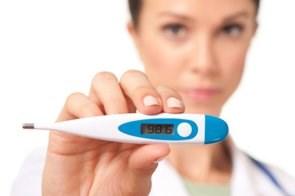
Check in with your child each morning for signs of illness. If your child has a temperature of 100.4 degrees or higher, they should not go to school.
Make sure your child does not have a sore throat or other signs of illness, like a cough, diarrhea, severe headache, vomiting, or body aches.
If your child has had close contact to a COVID-19 case, they should not go to school. Follow guidance on what to do when someone has known exposure. Identify your school point person(s) to contact if your child gets sick.
Be familiar with local COVID-19 testing sites in the event you or your child develops symptoms. These may include sites with free testing available.
Make sure your child is up-to-date with all recommended vaccines, including for flu. All school-aged children should get an influenza flu vaccine every season, with rare exceptions. This is especially important this year because we do not yet know if being sick with COVID-19 at the same time as the flu will result in more severe illness.
Review and practice proper hand washing techniques at home, especially before and after eating, sneezing, coughing, and adjusting a face cover. Make hand washing fun and explain to your child why it’s important.
Be familiar with how your school will make water available during the day. Consider packing a water bottle.
Develop daily routines before and after school—for example, things to pack for school in the morning (like hand sanitizer and an additional (back up) cloth face covering) and things to do when you return home (like washing hands immediately and washing worn cloth face coverings). Wash and sanitize their hands more often. Keep physical distance from other students. Wear a cloth face covering. Avoid sharing objects with other students, including water bottles, devices, writing instruments, and books. Use hand sanitizer (that contains at least 60% alcohol.) Make sure you’re using a safe product. FDA recalled products that contain toxic methanol. Monitor how they feel and to tell an adult if they are not feeling well.
Develop a plan as a family to protect household members who are at increased risk for severe illness.
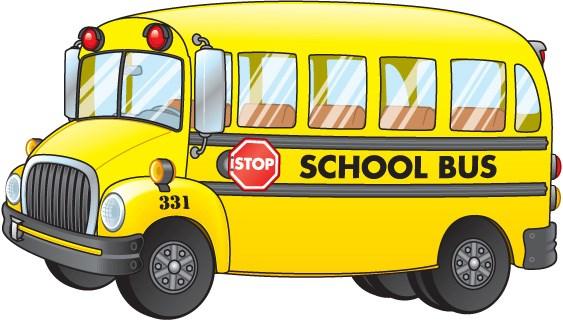
Make sure your information is current at school, including emergency contacts and individuals authorized to pick up your child(ren) from school. If that list includes anyone who is at increased risk for severe illness from COVID-19, consider identifying an alternate person. Be familiar with your school’s plan for how they will communicate with families when a positive case or exposure to someone with COVID-19 is identified and ensure student privacy is upheld. Plan for possible school closures or periods of quarantine. If transmission is increasing in your community or if multiple children or staff test positive for COVID-19, the school building might close. Similarly, if a close contact of your child (within or outside of school) tests positive for COVID-19, your child may need to stay home for a 2- week quarantine period. You may need to consider the feasibility of teleworking, taking leave from work, or identifying someone who can supervise your child in the event of school building closures or quarantine. Plan for transportation: ◦ If your child rides a bus, plan for your child to wear a cloth face covering on the bus and talk to your child about the importance of following bus rules and any spaced seating rules. ◦ If carpooling, plan on every child in the carpool and the driver wearing cloth face coverings for the entire trip. If your school uses the cohort model, consider finding families within your child’s group/cohort at school to be part of the carpool.
If your child has an Individualized Education Program (IEP) or 504 Plan or receives other learning support (e.g., tutoring), ask your school how these services will continue. If your child receives speech, occupational or physical therapy or other related services from the school, ask your school how these services will continue. If your child receives mental health or behavioral services (e.g., social skills training, counseling), ask your school how these services will continue. If your school uses a cohorting model, consider limiting your child’s in-person out-of-school interactions to children in the same cohort or to activities where physical distancing can be maintained. Reinforce the concept of physical distancing with your child. Talk to your school administrators and teachers about their plans for physical education and physical activity (e.g., recess). Safer options include being outdoors when possible, reducing the number of people in an indoor space, and encouraging students to stay at least 6 ft apart. Ask how your school plans to help ensure that students are following practices to reduce the spread of COVID-19.
Cloth Face Coverings
If your school is requiring or encouraging cloth face coverings. Actions to take and points to consider
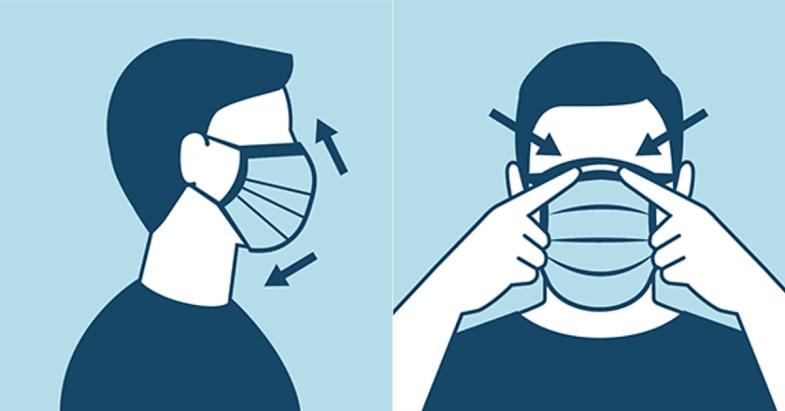
Have multiple cloth face coverings, so you can wash them daily and have back-ups ready. Choose cloth face coverings that: ◦ Fit snugly but comfortably against the side of the face ◦ Completely cover the nose and mouth ◦ Are secured with ties or ear loops ◦ Include multiple layers of fabric ◦ Allow for breathing without restriction ◦ Can be washed and machine dried without dam- age or change to shape Label your child’s cloth face coverings clearly in a permanent marker so that they are not confused with those of other children. Practice with your child putting on and taking off cloth face coverings without touching the cloth. Explain the importance of wearing a cloth face covering and how it protects other people from getting sick. Consider talking to your child about other people who may not be able to wear cloth face coverings for medical reasons (e.g., asthma). As a family, model wearing cloth face coverings, especially when you are in situations where physical distancing is difficult to maintain or impossible. If you have a young child, help build their comfort wearing a cloth face covering and become comfortable seeing others in face covers. ◦ Praise your child for wearing a cloth face covering correctly. ◦ Put a cloth face covering on stuffed animals. ◦ Draw a cloth face covering on a favorite book character. ◦ Show images of other children wearing cloth face coverings. ◦ Allow your child to choose their cloth face cover- ing that meets any dress requirements your school may have. ◦ Suggestions from the American Academy of Pedi- atrics - https://www.healthychildren.org/English/ health-issues/conditions/COVID-19/Pages/Cloth-
Face-Coverings-for-Children-During-COVID-19. aspx Consider providing your child with a container (e.g., labeled resealable bag) to bring to school to store their cloth face coverings when not wearing it (e.g., when eating).
Mental Health & Social-Emotional Wellbeing Considerations
Actions to take and points to consider • Talk with your child about how school will look different (e.g., desks far apart from each other, teachers maintaining physical distance, possibility of staying in the classroom for lunch). • Talk with your child about how school is going and about interactions with classmates and teachers.
Find out how your child is feeling and communicate that what they may be feeling is normal. • Anticipate behavior changes in your child. Watch for changes like excessive crying or irritation, excessive worry or sadness, unhealthy eating or sleeping habits, difficulty concentrating, which may be signs of your child struggling with stress and anxiety. • Try to attend school activities and meetings. Schools
may offer more of these virtually. As a parent, staying informed and connected may reduce your feelings of anxiety and provide a way for you to express any concerns you may have about your child’s school. Ask your school about any plans to reduce potential stigma related to having or being suspected of having COVID-19. Check if your school has any systems in place to identify and provide mental health services to students in need of support. If so, identify a point of contact for these services at your school. Check if your school has a plan to help students adjust to being back in school. Students might need help adjusting to how COVID-19 has disrupted their daily life. Support may include school counseling and psychological services (including grief counseling), social-emotional learning (SEL)-focused programs and curricula, and peer/social support groups. Check if your school will provide training for students in mindfulness, incorporating SEL into classroom curriculum (either virtually or in-person), or support a child’s ability to cope with stress and anxiety. If not, consider asking about ways to add this to your child’s at-home learning. You can be a role model for your child by practicing self-care: ◦ Take breaks ◦ Get plenty of sleep ◦ Exercise ◦ Eat well ◦ Stay socially connected
Source: CDC/coronavirus


The Silver Lining of Virtual Learning During COVID-19
Children are heading back to school this month in many states across the nation. In most school districts, this is the first time that kids have been inside school buildings since COVID-19 spread across the U.S. in March.
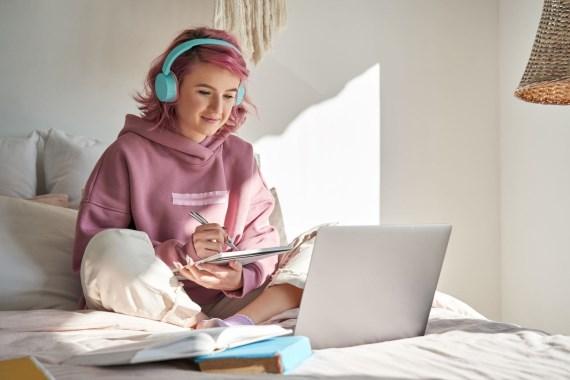
School certainly looks different this year. Some districts are starting off with a virtual-only option with kids participating in online learning from home. Other districts are offering a hybrid education model, where smaller classes of children –donning masks and keeping their distance –meet in person for some days, and learn from home on other days.
This is a far cry from the most ideal circumstances for kids and educators. Virtual learning is a real challenge for younger kids, who learn through social connection; many kids with learning disabilities; and kids who don’t have reliable access to technology or nutrition at home. Going to school in person is a scary proposition for students or family members who have health risks. The media is ablaze with policy makers and parents reciting, “There are no good options.” And, for the most part, that’s true. But the evidence does provide a silver lining for both the virtual and hybrid learning models –at least for teenagers.
Educators have long studied the most ideal times of day for kids to learn. Evidence demonstrates that when young people begin puberty, their biological clocks shift; they typically become sleepy later—as late as 11 p.m.—and need to sleep later in the morning to get the recommended 8 to 10 hours of sleep each night.
A large body of evidence documents ill effects on youth who don’t get enough sleep. Young people who regularly get less than eight hours of sleep per night are more likely to be overweight, suffer from depression, engage in risky behaviors (such as drinking, smoking tobacco, and using drugs) and perform poorly in school.
In 2017, the Campbell Collaboration published a comprehensive review that found starting school later in the day is beneficial for teens. The review compiled evidence from 17 studies with nearly 300,000 participants in total. It found that starting school later in the morning led teens


